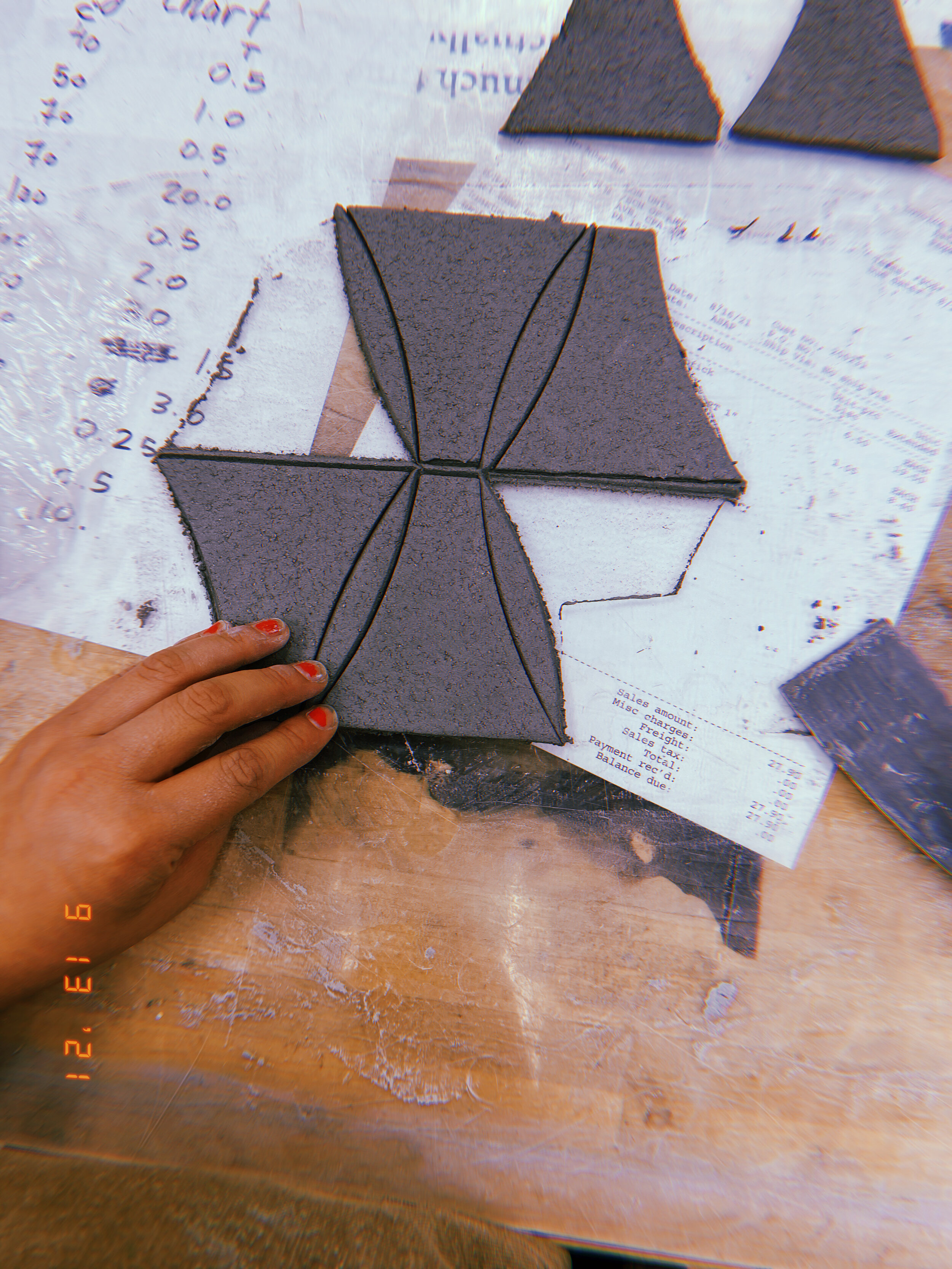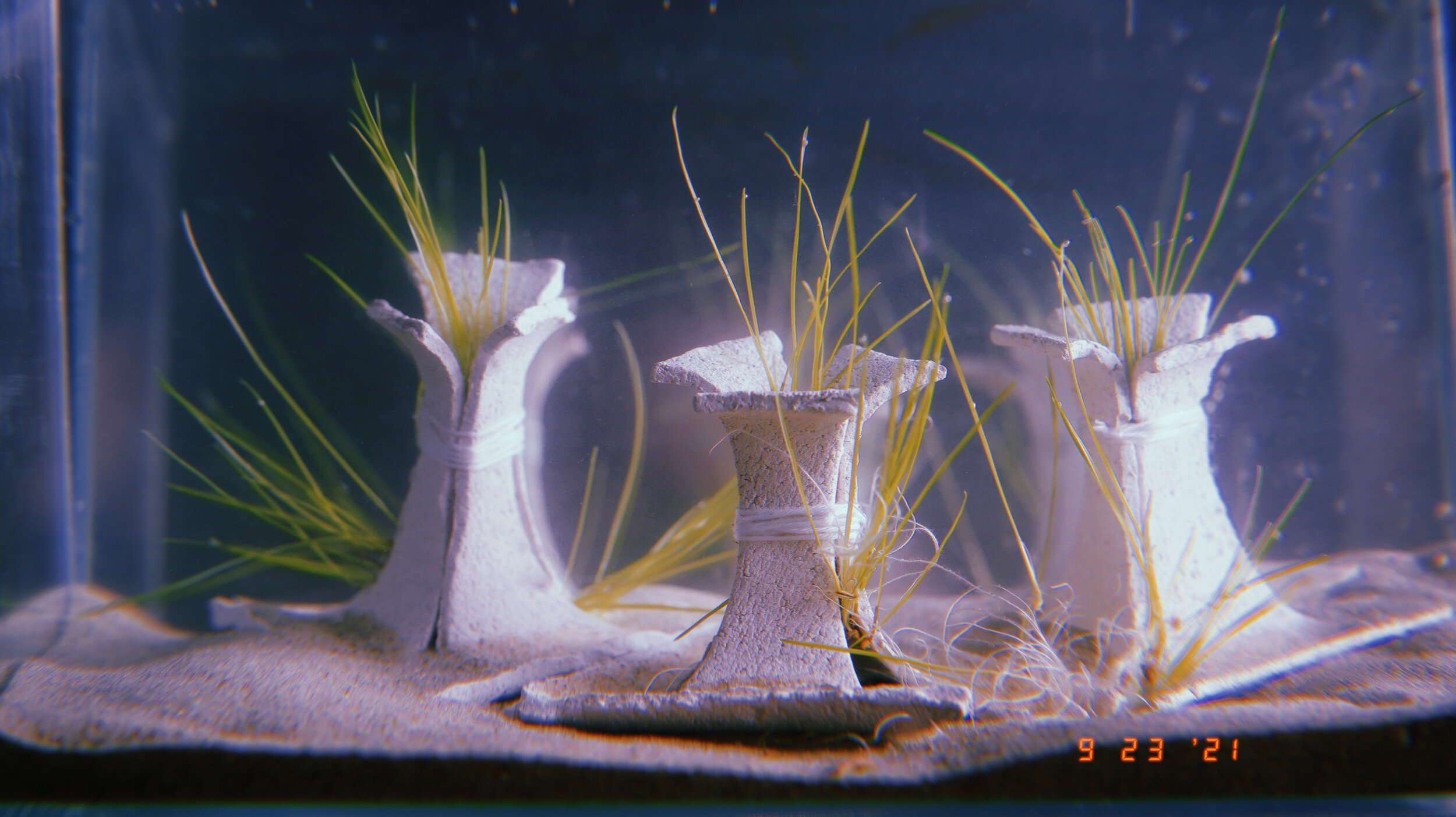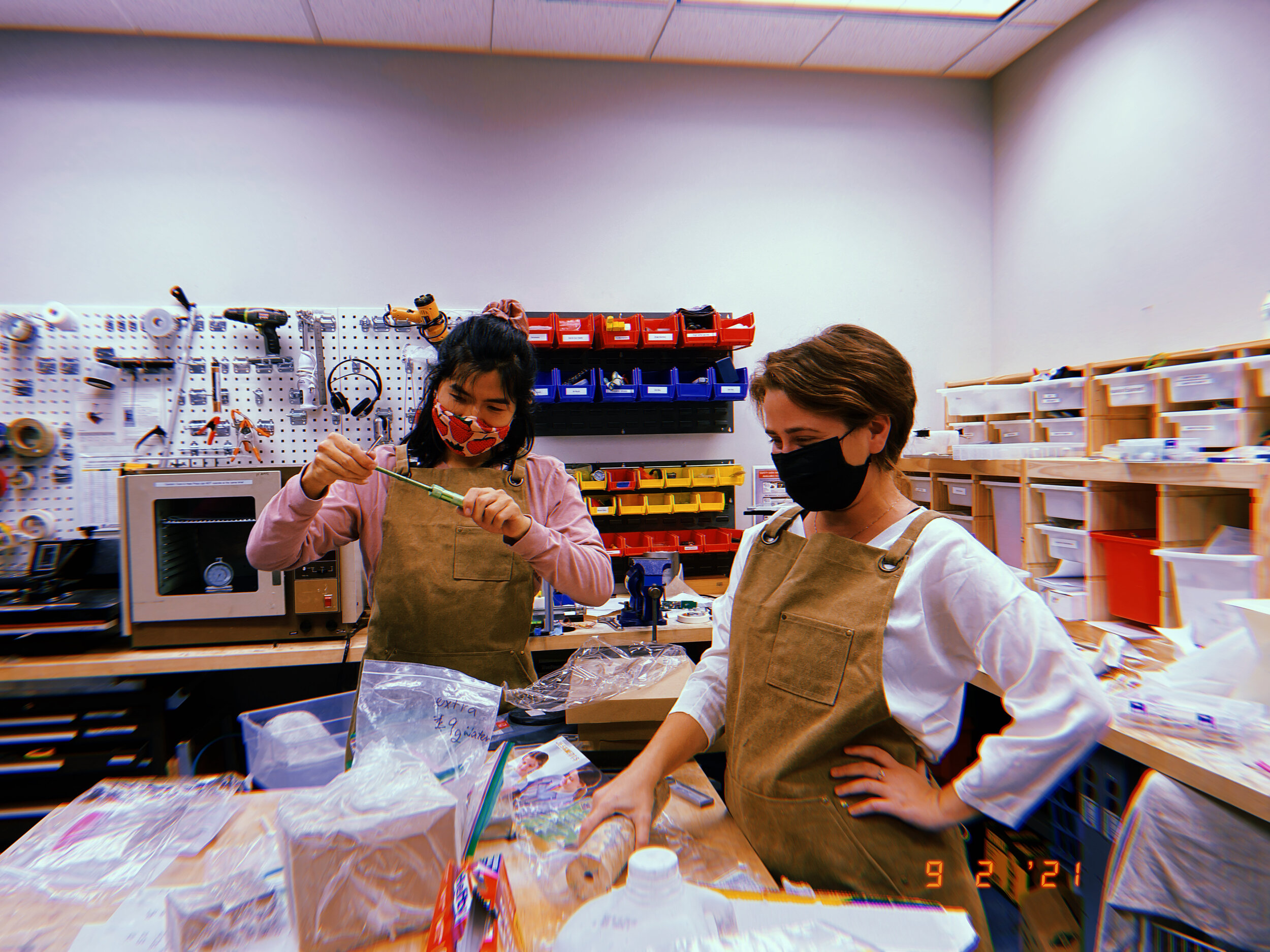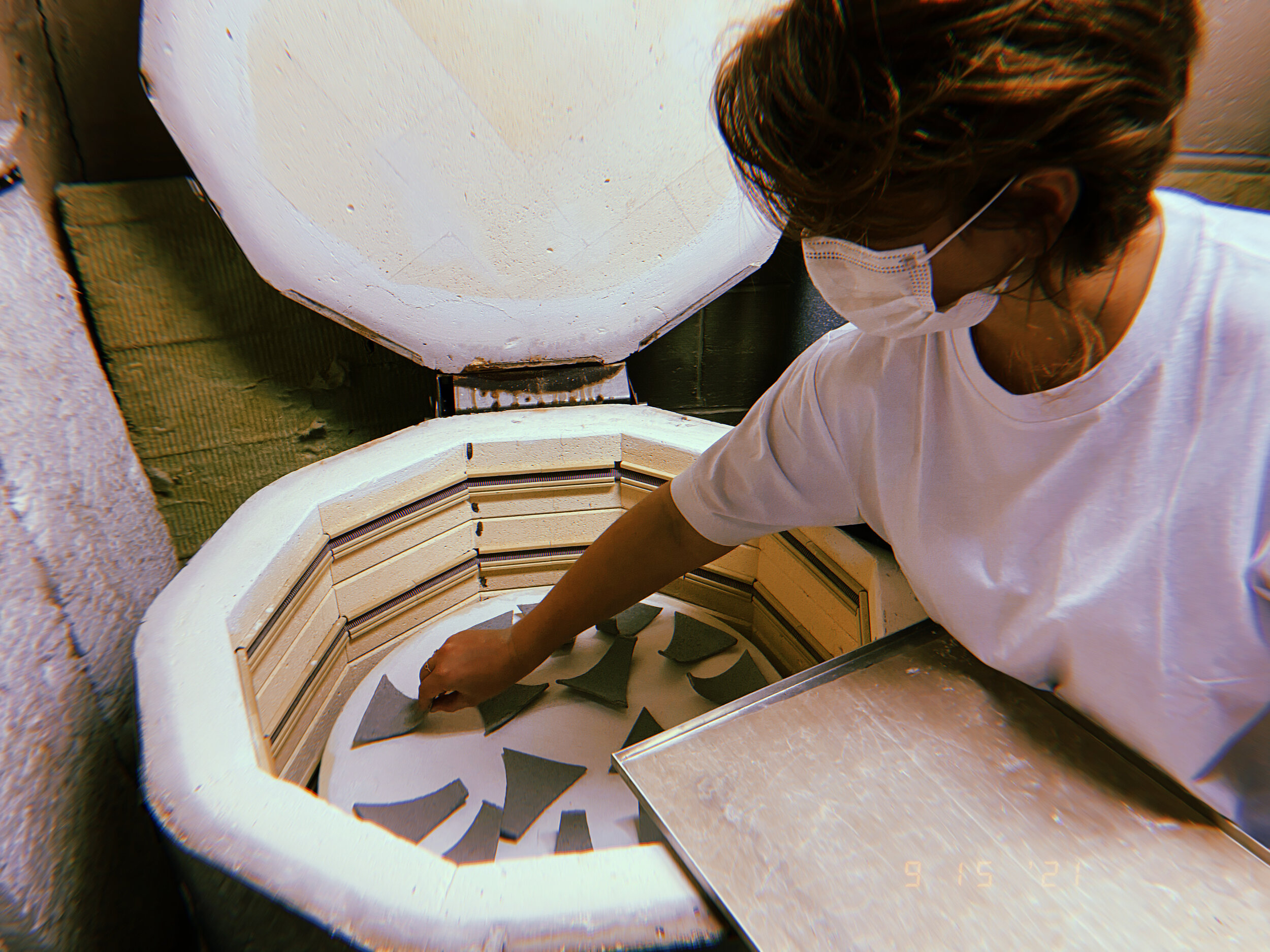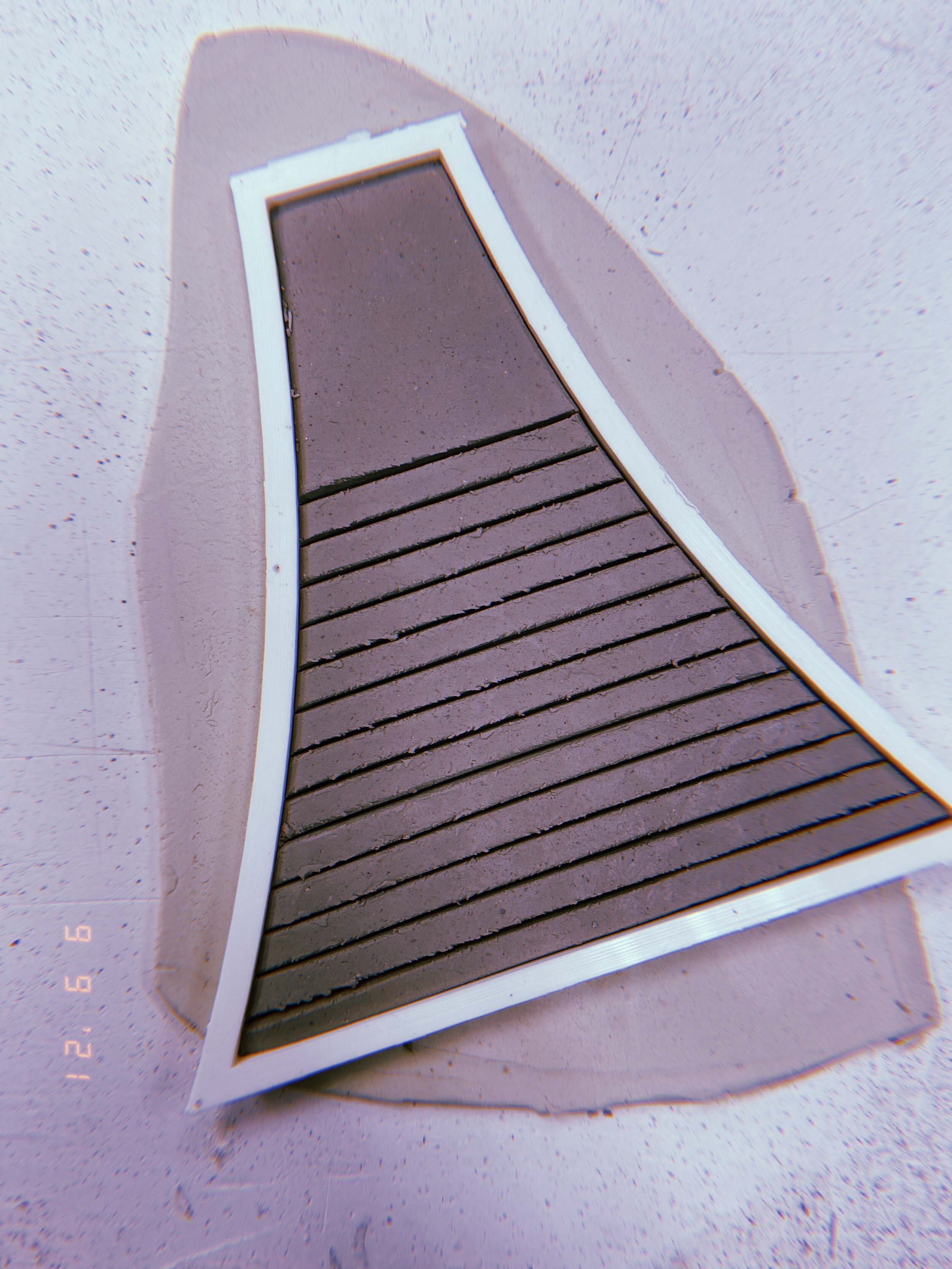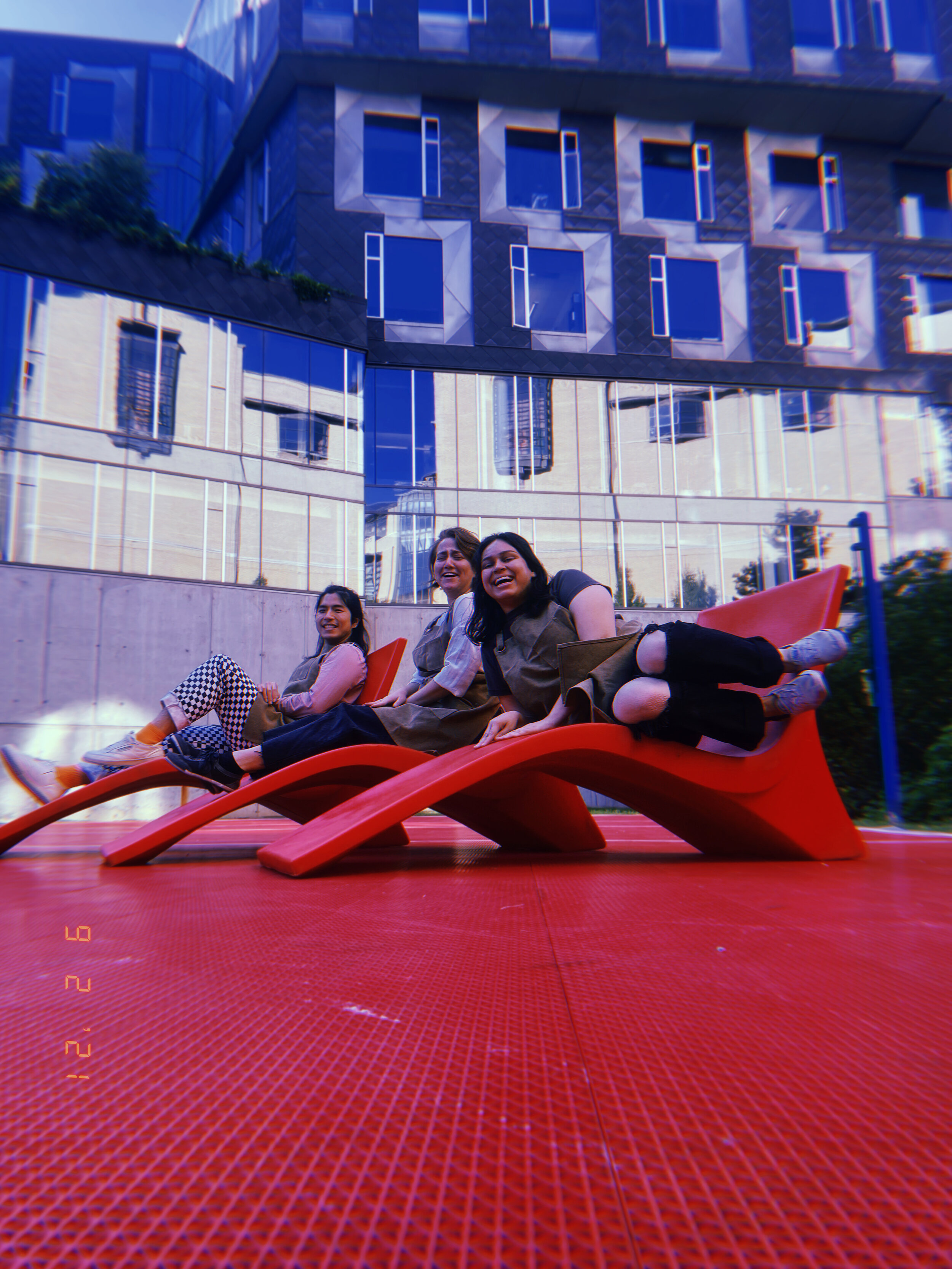“The Born and The Made”
Morphing Matter Lab Cloud Salon
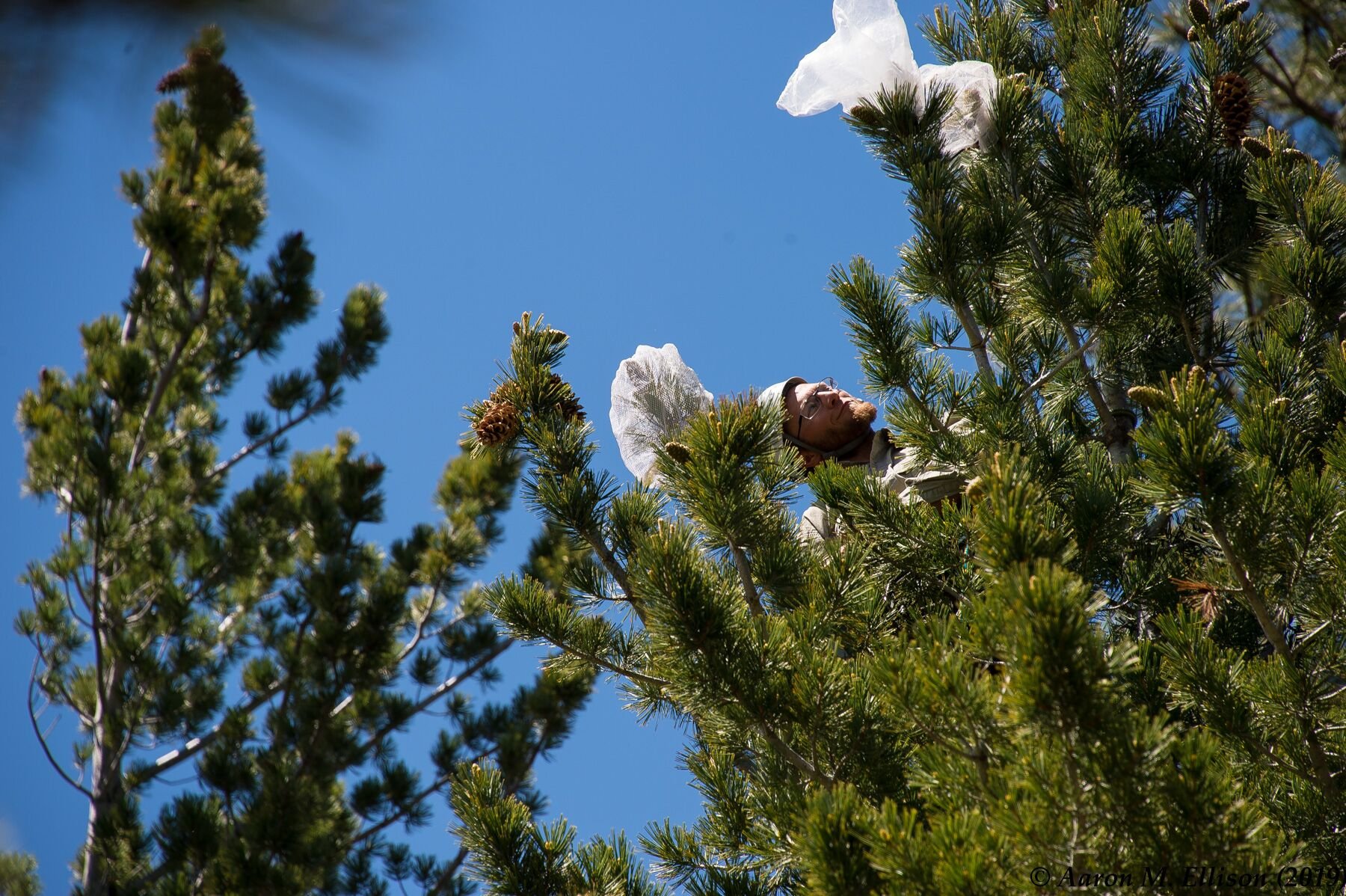
Ehren R. Moler
Ehren R. Moler
I am a terrestrial ecology researcher and educator specialized in plant ecophysiology, community ecology, genetics, and agroecology. I seek to conserve and restore plant and plant-associated biodiversity through ecological restoration in settings ranging from forests in the Rocky Mountains to desert agricultural fields in California. I am also passionate about supporting educational programming and sustainable development in developing regions of the world.
Talk Title: Science Meets Practice in Ecosystem Restoration and Biodiversity Conservation
My research interests are the result of exploring numerous science-based approaches to achieving biodiversity conservation. Professional positions in industry, academia, and the nonprofit sectors, and collaboration with researchers in Africa, Canada, Mexico, and across the USA has led me to prioritize the study of plant regeneration and plant-associated biodiversity. In this talk, I will highlight emerging ecological challenges and the role of plant regeneration research in facing those challenges.
Open to the public, special guest lecture for the course 05-499/899 Sustainable Design: Materials, Artifacts and Computational Tools
Zoom link: https://cmu.zoom.us/j/4164228265
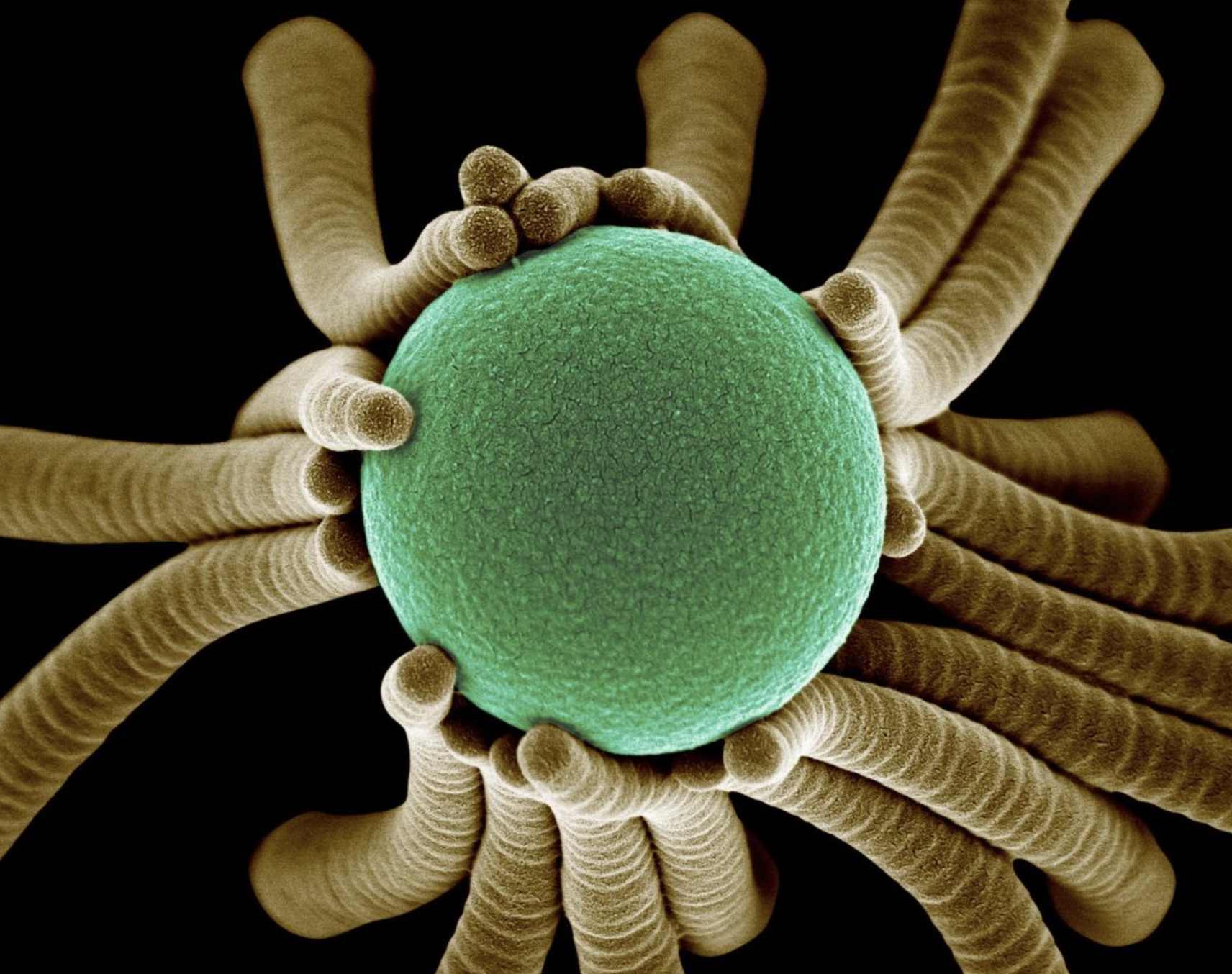
Sung Hoon Kang
Sung Hoon Kang is an Assistant Professor in the Department of Mechanical Engineering at Johns Hopkins University. He earned a Ph.D. degree in Applied Physics at Harvard University and M.S. and B.S. degrees in Materials Science and Engineering from MIT and Seoul National University, respectively. Sung Hoon has been investigating bioinspired sustainable solutions to address current challenges in engineering materials, structures and devices with applications including resiliency, sensing, energy, and healthcare.
Talk Title: Toward sustainable and resilient materials through bioinspiration and design
I will present our ongoing efforts to design and make novel materials and structures for a resilient and sustainable future through coupled material systems. First, I will present a material system that can self-adapt to mechanical loadings and mitigate damages through coupling between stress and material synthesis, inspired by bone [1]. Second, I will present architected materials (or metamaterials) with extreme and adaptive energy dissipation based on liquid crystal elastomers through coupling between nonlinear geometric effects and nonlinear material properties, guided by computational modeling [2]. We envision that our findings can contribute to opening new strategies for designing and making synthetic materials with self-adaptable mechanical properties, leading to more resilient and sustainable systems with applications including automotive, aerospace, infrastructure, and healthcare.
[1] Orrego et al., Advanced Materials, 32, 1906970 (2020). [2] Jeon et al., Advanced Materials, 2200272 (2022).
Open to the public, special guest lecture for the course 05-499/899 Sustainable Design: Materials, Artifacts and Computational Tools
Zoom link: https://cmu.zoom.us/j/4164228265
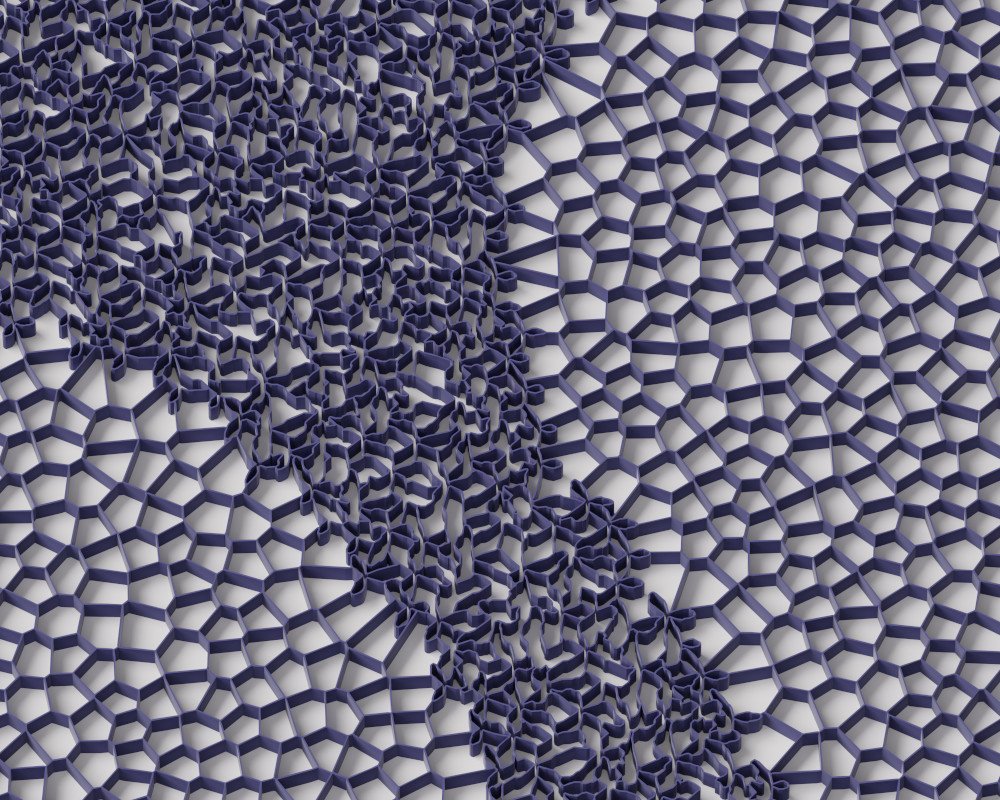
Jonàs Martínez
Jonàs Martínez is a permanent researcher at INRIA and a member of the MFX team (Matter from Graphics). He received a Ph.D. degree from Universitat Politècnica de Catalunya in 2013 and was subsequently awarded an ERCIM postdoctoral fellowship to pursue his research at INRIA. His current recent research lies at the intersection between additive manufacturing, computational geometry, and computer graphics, with an emphasis on the study of small-scale random structures.
Talk Title: Parametric growth processes for metamaterial design
A substantial amount of research in additive manufacturing is devoted to designing mechanical metamaterials that derive their physical properties from the particular arrangement of their small-scale geometry. In this talk, I will present recent works that use parametric growth processes to generate mechanical metamaterials. One of the main advantages of using parametric growth processes is that they allow the implicit grading of mechanical properties. Seamlessly grading different target material properties is essential for various domains such as Functionally Graded Materials (FGM).
Open to the public, hybrid mode
Physical location: NSH 3612 (Morphing Matter Lab)
Zoom link: https://cmu.zoom.us/j/4164228265
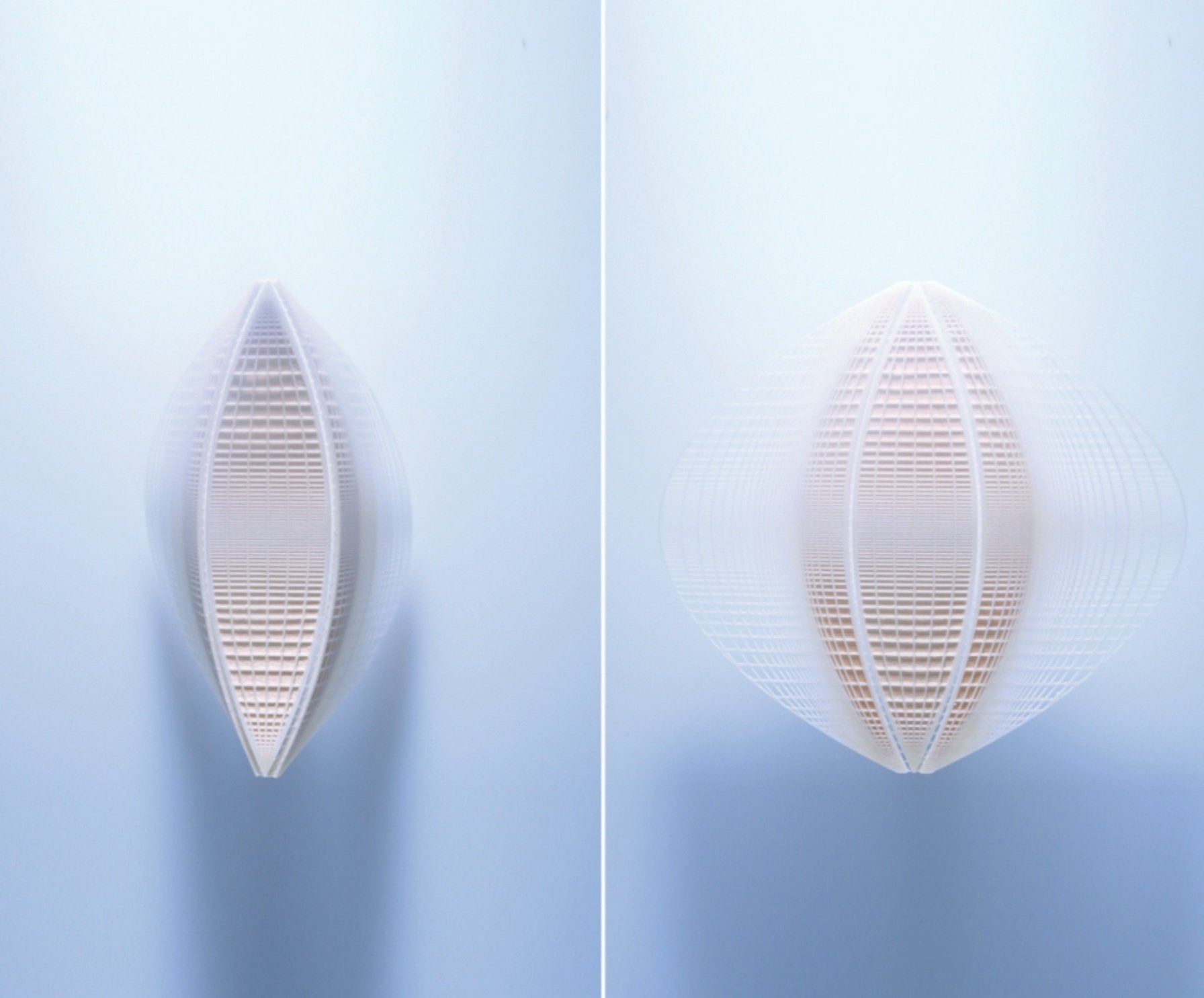
Yasaman Tahouni
This short online guest lecture, as part of the course 05-499/899 Inclusive Tangible and Material Interfaces, welcomes the public to attend.
Yasaman Tahouni is a computational designer, maker, and a PhD candidate at the Institute for Computational Design and Construction (ICD) at the Stuttgart University, Germany. Her research interest lies at the intersection of computation and materiality, and she seeks ways to bridge the two to create adaptive, performative, shape-changing structures. Her current research is focused on biobased and bioinspired 4D printing, for which she develops computational fabrication processes that merge design, additive manufacturing, and biobased “smart” material systems.
Previously, she earned her dual M.Sc. degree in Architecture (SMArchS Computation) and Electrical Engineering and Computer Science from MIT, Boston.
Talk Title: Biobased and Bioinspired Shape-Changing Structures
Nature has evolved a multitude of strategies for dead tissue to become animated, for example the pine-cones scales that open to release their seeds upon drying. Such natural structures are not only a source of inspiration for designing shape-changing structures, but also a source of materials for their fabrication across scales. In this talk, I present my research on biobased 4D printing, for which I use cellulose-based materials and FDM 3D printing to construct hygromorphic structures in meso- to macro-scale. I will showcase examples of my recent projects, from programming sequential motion steps to developing self-shaping curved folding mechanisms, and will discuss their applications in architecture, product design, and beyond.
Open to the public
Zoom link: https://cmu.zoom.us/j/98428936299?pwd=U2Q4ejlvTWxQckc3UlU2MXlnZ1BPUT09

Ozgun Kilic Afsar
This short online guest lecture, as part of the course 05-499/899 Inclusive Tangible and Material Interfaces, welcomes the public to attend.
Ozgun Kilic Afsar, MIT Media Lab, Tangible Media Group, Research Affiliate & KTH Royal Institute of Technology, Ph.D. Candidate
Talk Title: Shaping and Being Shaped by Fabric Machines
Fiber, a primitive yet ubiquitous form of material – intertwines with our bodies and surroundings, from constructing our muscles that enable movement, to forming fabrics that interface with our skin. Advances in materials science and Human-Computer Interaction invite visions of a world where people interact with machines through clothing. My research program seeks to explore ‘fabrics as soft machines’ with a contextual focus on bidirectional kinetic learning, by creating an intimate relationship between the body and the fabric interface where both are prone to change, learn from, and adapt to one-another.
In this talk, I will present my work on high-pressure microfluidic fibers and fabrics as the building blocks of my kinesthetic wearables. I will also share a recent design case of my fluidic garments leveraged in an interactive Opera performance, where the audience’s experience is shaped by feeling the singer’s muscle movements through individual soft robotic corsets, as a new way of listening and experiencing voice."
Open to the public
Zoom link: https://cmu.zoom.us/j/98428936299?pwd=U2Q4ejlvTWxQckc3UlU2MXlnZ1BPUT09
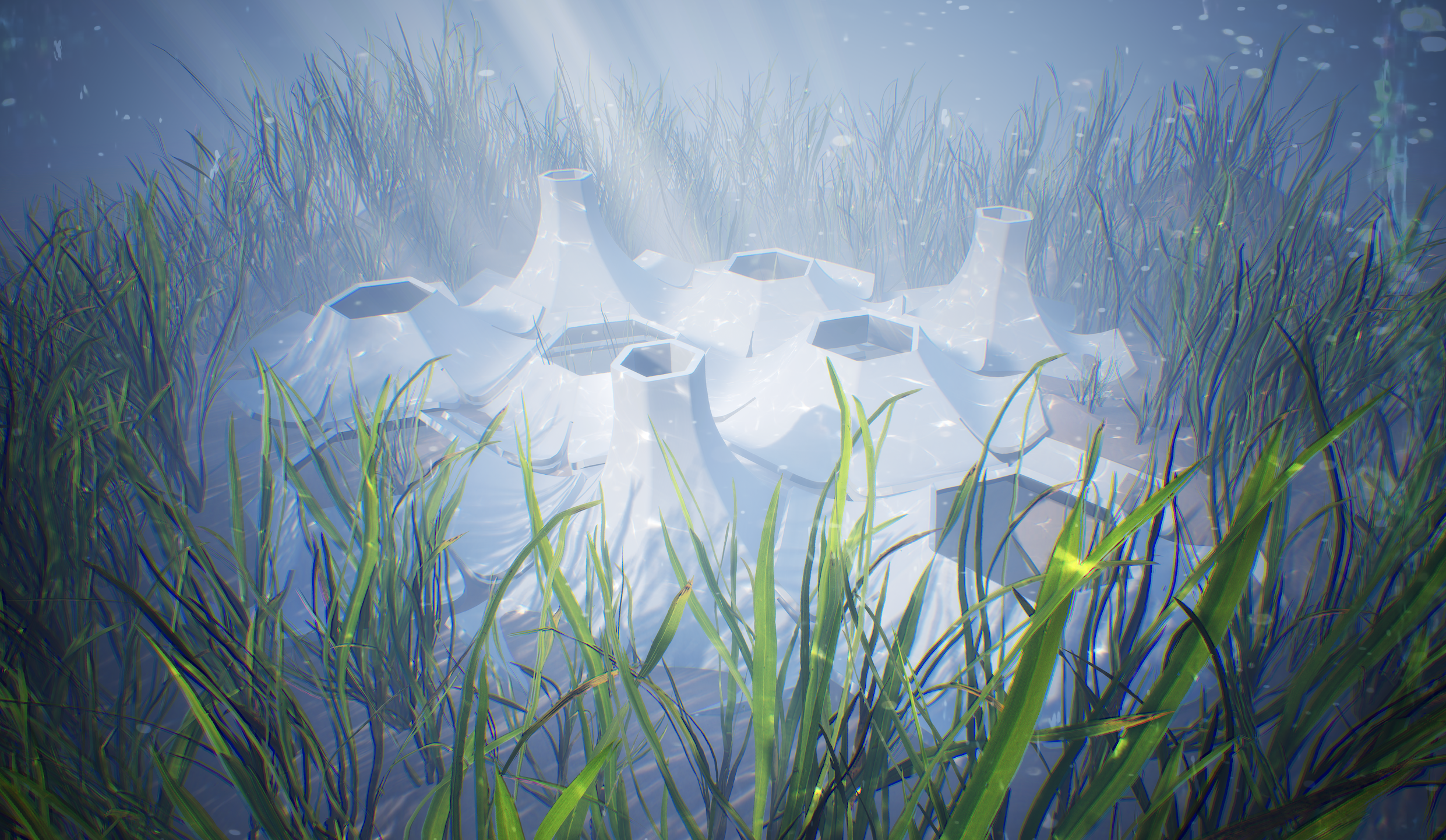
Blue Ceramics
Morphing Ceramics for Seagrass Meadow Restoration
Hybrid Open Lab Session
Tuesday, Oct 5, 2021 @ 1:00 pm
In-person @ Morphing Matter Lab, Newell Simon Hall 3612
Blue Ceramics Team
Rachel Arredondo - CMU MHCI 2021, Kylon Chiang - CMU MHCI 2021, Ofri Dar - Bezalel Academy of Art and Design, Industrial Design 2022
Nature Centered Design: Our team aims to support seagrass conservation actions by designing interventions that support restoration efforts to rehabilitate or protect seagrass meadows.
Blue Carbon: Seagrass meadows are twice as efficient as forests at capturing and storing carbon. But over the last two decades 18% of Eel grass (zostera marina) meadows, the dominant seagrass in the northern hemisphere, have disappeared.
Morphing Ceramics: As part of a holistic approach, we are in the process of designing morphing ceramic structures that can serve multiple environmental purposes as they decay naturally and harmlessly over time.
This project is partially supported by Carnegie Mellon’s Berkman Faculty Development Fund grant, and could have been impossible without the generous help of the following people:
Eran Sharon’s Lab, HUJI: Prof. Eran Sharon; Dr. Arielle Blonder
Fireborn Studios: Dan Vito; Donna Hetrick; Bennett
Morphing Matter Lab - Carnegie Mellon University: Prof. Lining Yao; Dinesh Patel & Jianzhe Gu & Kexin Lu
Bezalel Academy of Art and Design ; Noam Dover ; Prof. Haim Parnes
Marine Biologists: Dr. Abbey Engelman; Jeffery Good
Seagrass Marine Biologists: Dr. Emmett Duffy ; Dr. Jessie Jarvis, UNCW
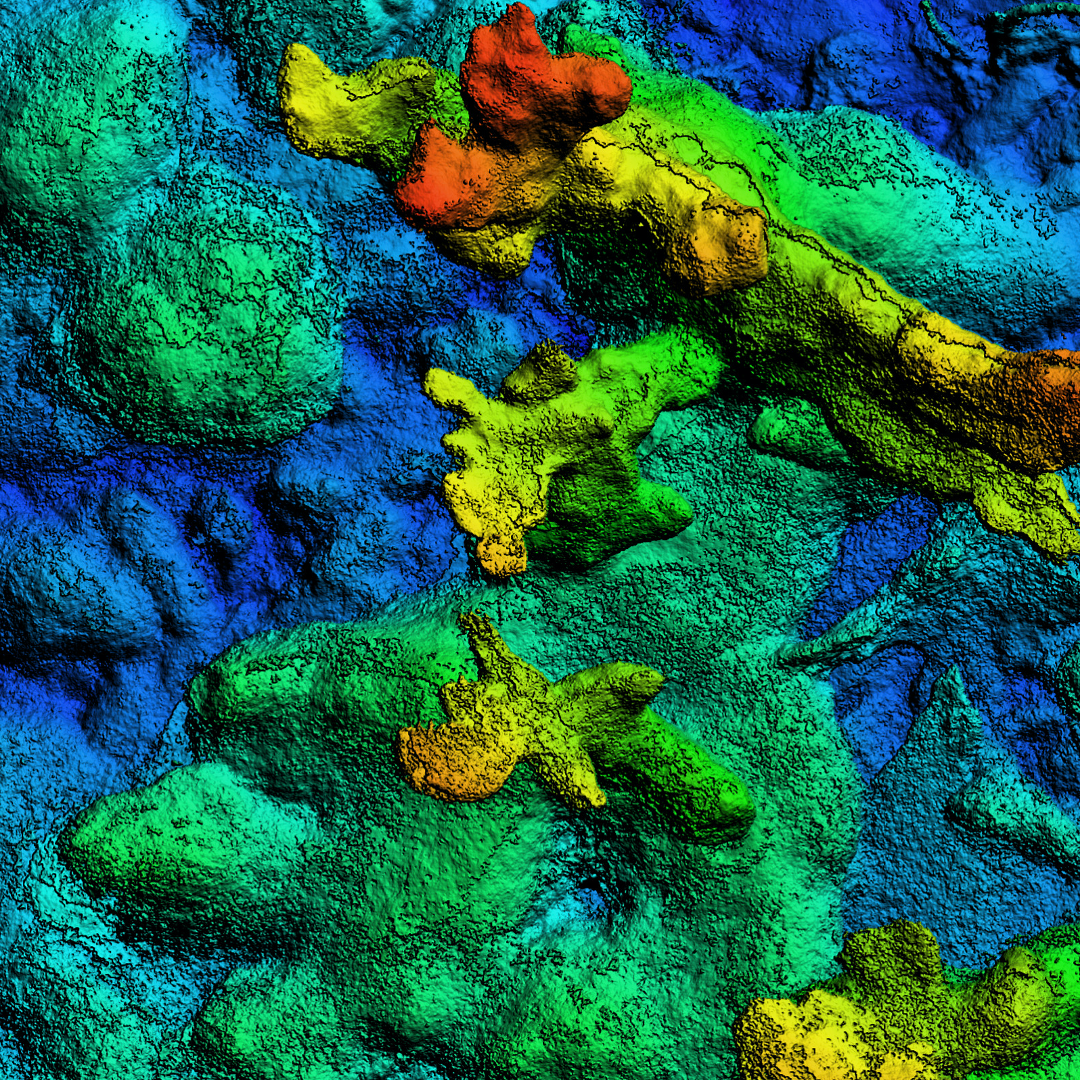
Abbey Engleman
Dr. Abbey Engleman is a marine scientist who previously conducted research on coral reef ecology and restoration. Her research used emerging 3D technologies to decouple the structural and biotic contributions of coral to coral reef ecosystems. She remains passionate about the multifaceted applications of 3D and digital technologies to help us understand our planet. She is currently serving as a Fellow at the Subcommittee on Water, Oceans, and Wildlife of U.S. House of Representatives, Committee on Natural Resources
Talk Title: 3D Sea and Biomimicry: Growing Need for Intersectional Ecologists
We as humans have a heavy dependence on goods and services marine systems provide, but our ocean's masking surface and challenging conditions distance us from the vibrant ecosystems lying beneath. Understanding these ecosystems is critical to sustaining our livelihoods, sustenance, and way of life. Emerging technologies and biomimicry present exciting opportunities to remove the ocean's veil by embracing new, 'intersectional ecology.' Better yet, these tools allow us to share the oceans beyond academia, helping us foster appreciation for the 71% of our planet hidden in plain sight.
Open to public:
Zoom link or add the Zoom link to your Google Calender
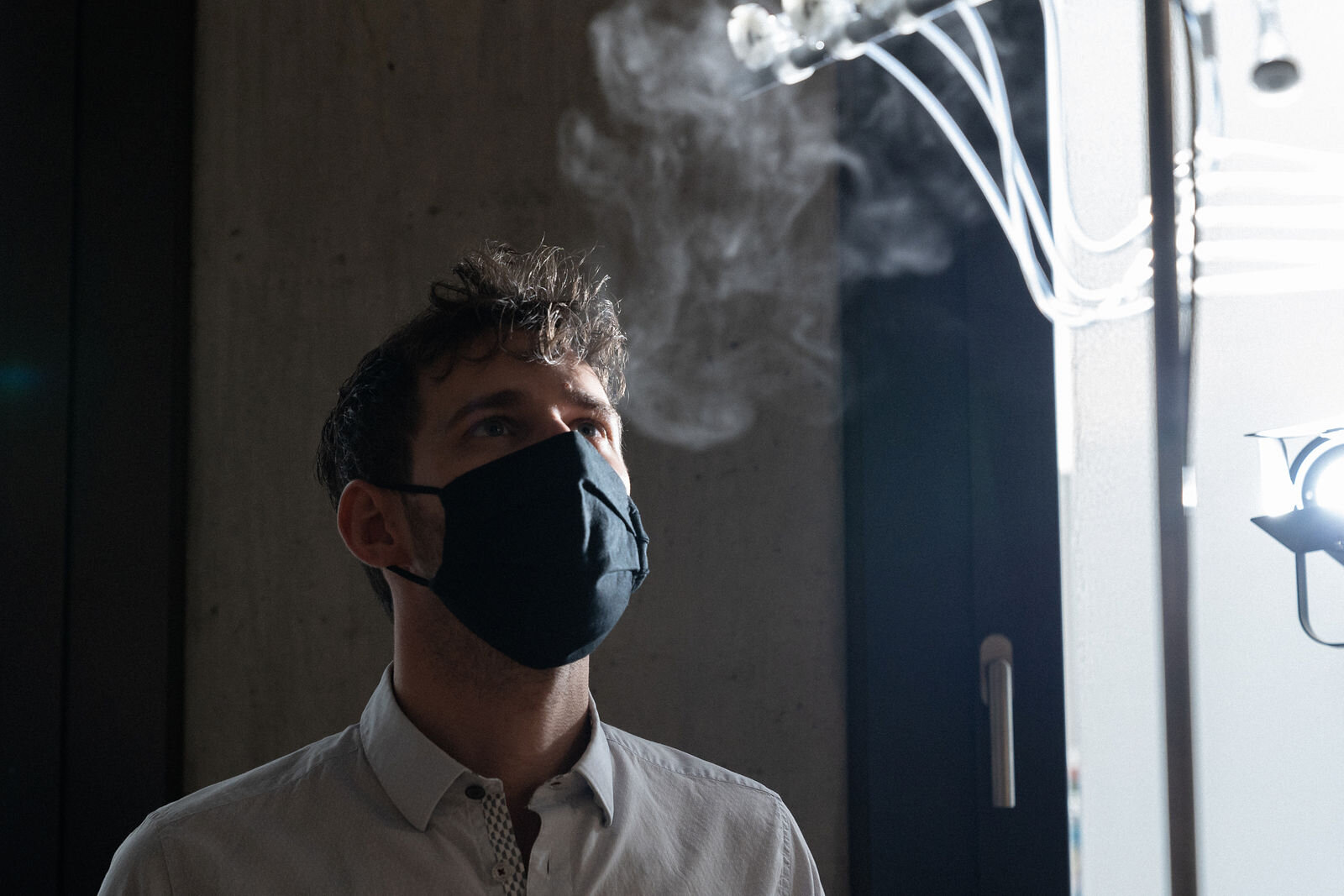
Clemens Winkler
Clemens Winkler is a design researcher and deals with experiments at the interfaces of ephemeral material processes and actual socio-technological, scientific and geopolitical topics. At the Cluster of Excellence “Matters of Activity” at Humboldt University Berlin, Clemens currently researches micro-climates, metabolic cloud formations and algorithmic weathering. He has exhibited internationally and mentored recently at “Design Products”, Royal College of Art London, “Ginkgo Bioworks Creative Residency” program and “Interaction Design” department at Zurich University of the Arts.
Clemens studied at “Interface Cultures” at Art University, Linz, Austria, “Design Interactions” at the Royal College of Art, London, UK and the MIT Media Labs, Boston.
http://clemenswinkler.com/
https://www.matters-of-activity.de/en/members/225/clemens-winkler
Keywords: material mediated art and design
Talk Title: Speculating Materials
How can we give people agency in a vague, cloudy present by reflecting on a Heterotopia through speculating materials? And how can a material-oriented approach in design emphasize the organic interplay between activation/synthesis/assembly and inhibition/degradation/disruption? Also, this talk reflects on the potential of matter as a mediator between various disciplines, spaces and timescales.
Open to public:
Zoom link or add the Zoom link to your Google Calender
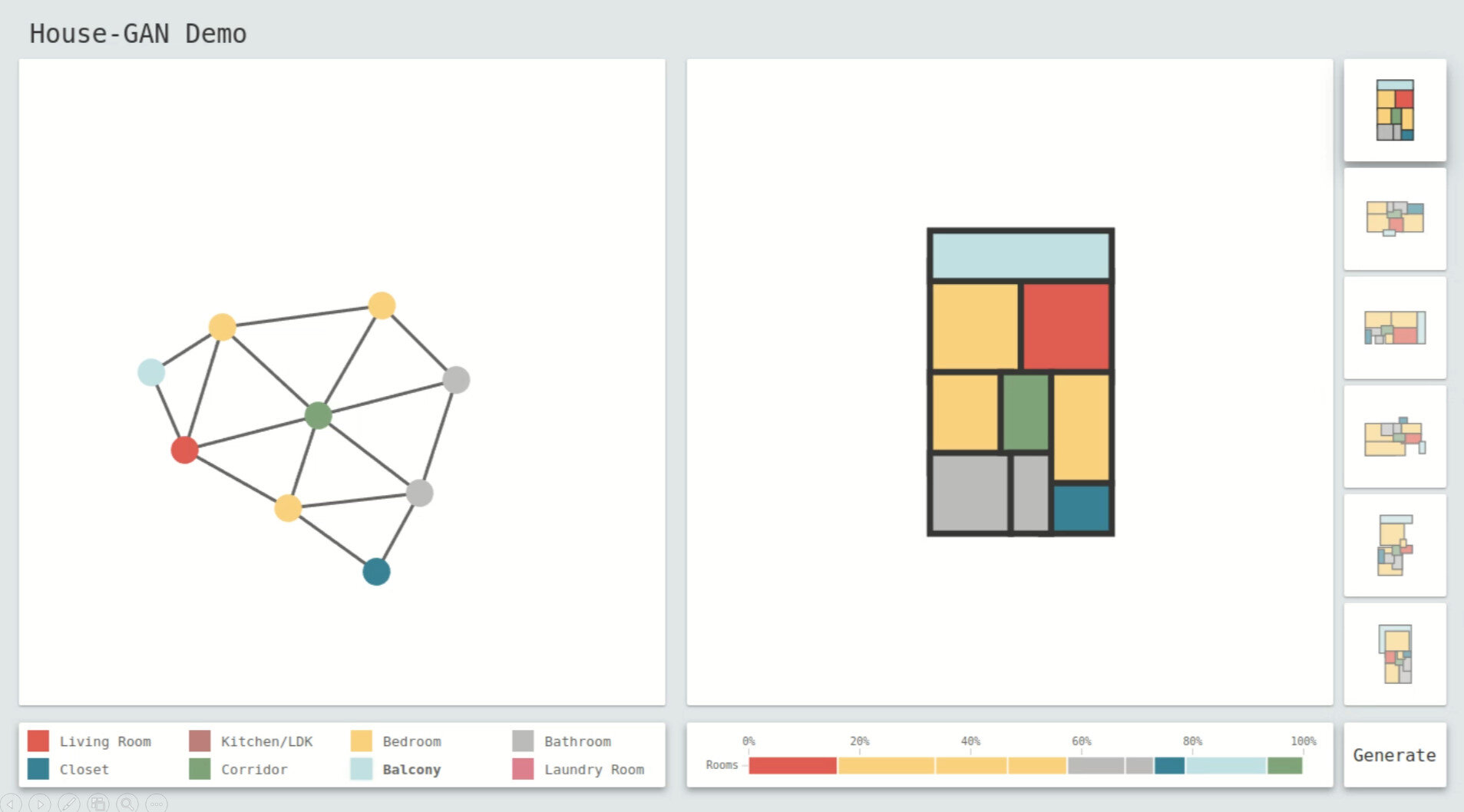
Chin-Yi Cheng
Chin-Yi Cheng is a Principal Research Scientist at Autodesk AI Lab. His research interest is to explore how human and machine learning algorithms can work together to solve design problems. Chin-Yi also believes that design is a perfect playground for machine learning research.
Keywords: AI and Machine Learning Based Design Tools
Talk Title: Co-design with AI
Is automating everything the only goal when applying AI? Can we instead augment human creativity by freeing creators from mundane tasks? In this talk, Chin-Yi will dive into the architectural design workflows and demonstrate examples of ML-based interactive design tools, such as House-GAN. He will also discuss how new ideas and interesting research topics in machine learning can emerge from solving design-related problems.
Open to CMU:
Zoom link or add the Zoom link to your Google Calender
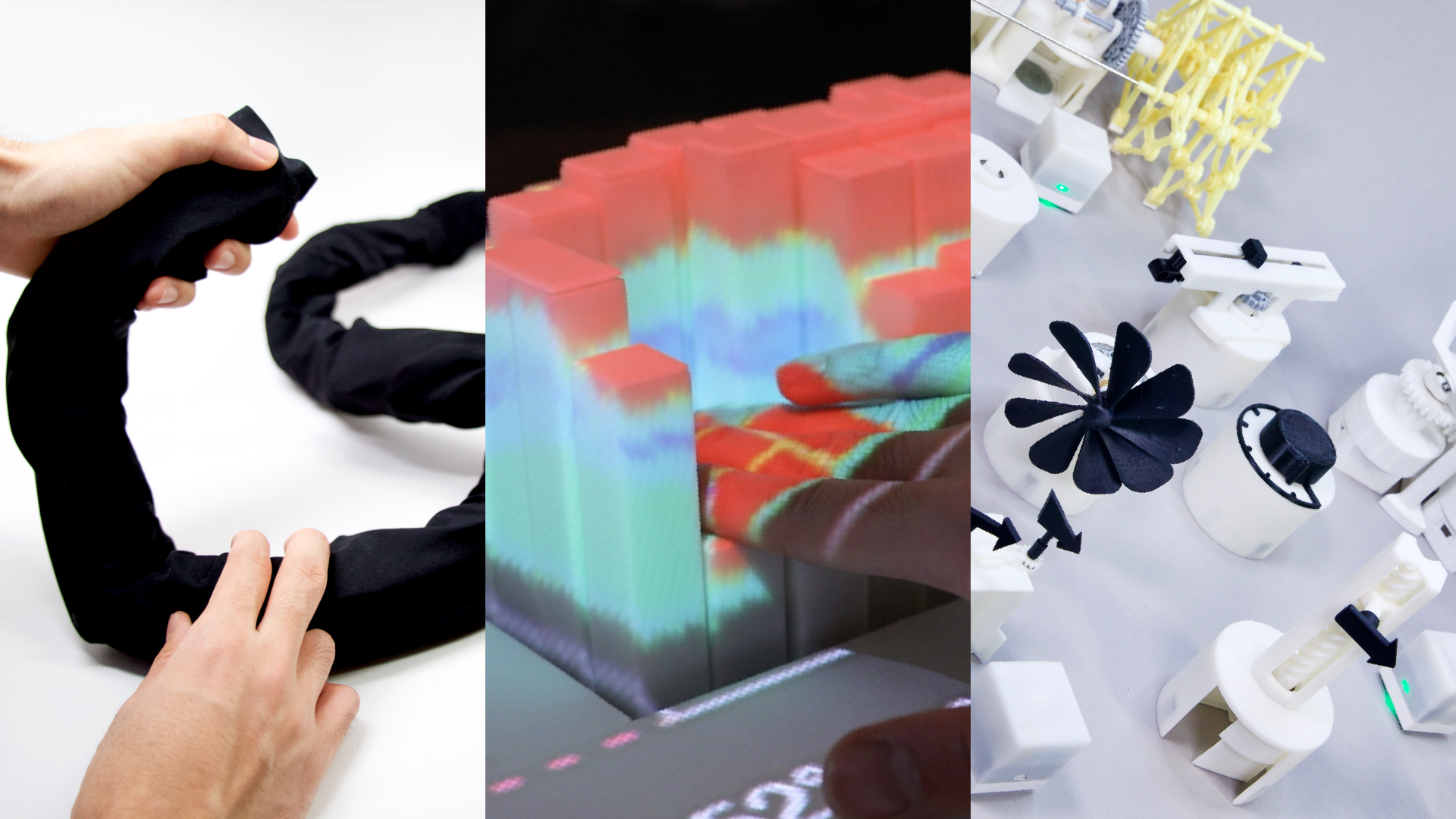
Ken Nakagaki
Ken Nakagaki is an interaction designer and HCI (Human Computer Interaction) researcher from Japan. Currently, he is a Ph.D. Candidate of Tangible Media Group, MIT Media Lab. His research focuses on novel user interfaces that combine digital information or computational aids into daily physical tools and materials seamlessly. He is passionate about inventing novel tangible experiences with such interfaces through curiosity-driven tangible prototyping processes.
Prior to joining the Media Lab, he received Master’s and Bachelor’s degrees from Keio University SFC with a major in interaction design. In 2017, he was a Research Associate at Disney Research Pittsburgh. His works have been presented in top HCI conferences (ACM CHI, UIST, TEI), and demonstrated in international exhibitions and museums. He has received awards such as MIT Technology Review’s Innovators Under 35 Japan, the Japan Media Arts Festival, James Dyson Award, etc.
Keywords: Actuated Tangibles; Shape Changes; User Interfaces.
Talk Title: Actuated Tangibles Actuate People: Designing Tangible Experiences by Weaving Actuation into the Physical World
In my talk, I present my research in HCI focuses on Actuated Tangible User Interfaces (A-TUIs), an emerging type of user interfaces that physically transform and/or move. Such an interface enriches our interaction with digital information as well as physical environments through motion and transformation. Based on implementation techniques of robotics and interactive technologies, my research has investigated several general approaches to advance A-TUIs to weave into our everyday physical environments. These A-TUI approaches include (a) employing form factors of everyday material and tools, (b) designing perception of dynamic material property, and (c) developing passive and active A-TUI architecture. My talk will share these research approaches demonstrated by multiple research projects, and point towards future research and design opportunities for creating ‘actuated’ tangible experiences.
Open to CMU:
Zoom link or add the Zoom link to your Google Calender
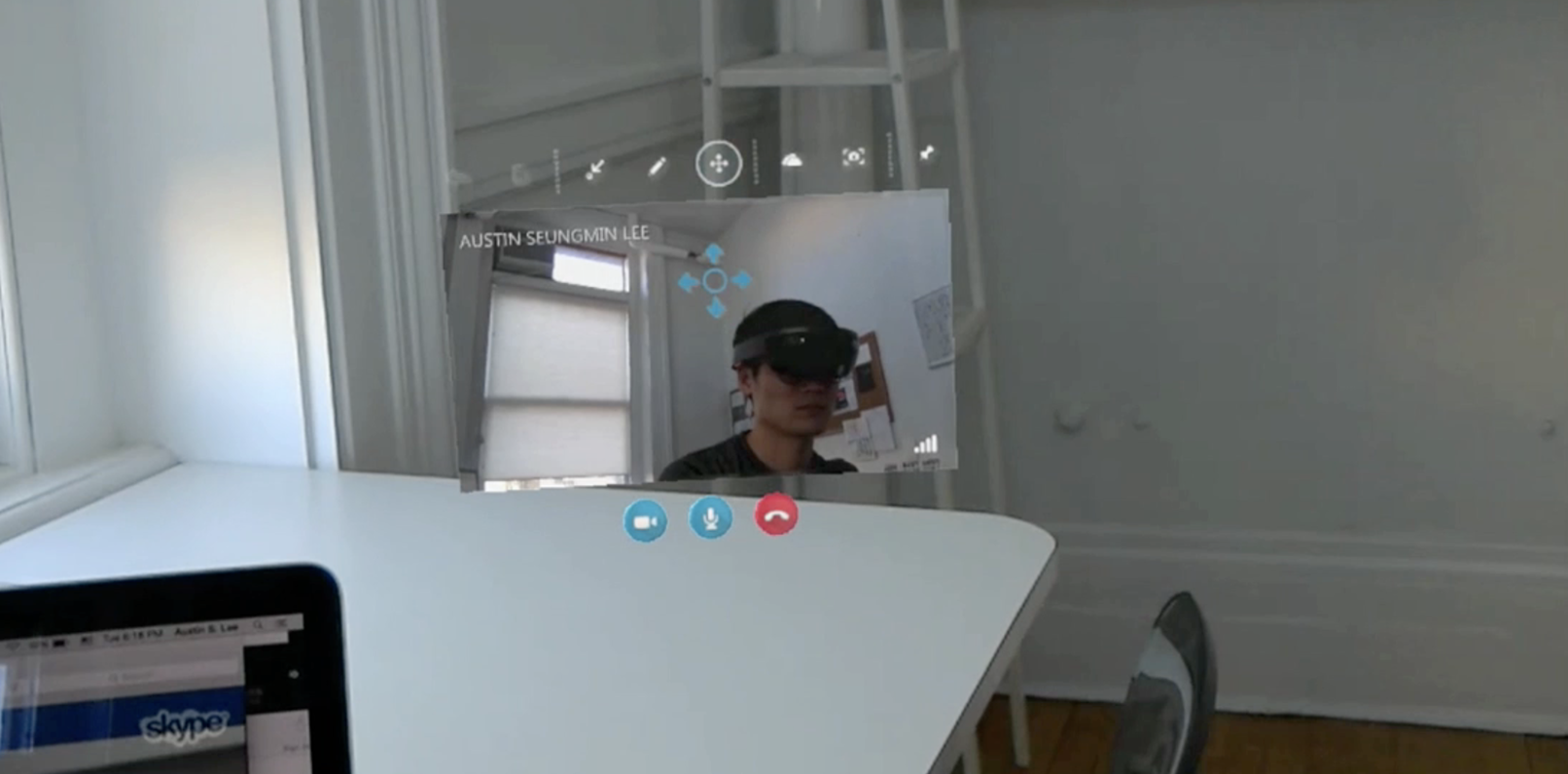
Austin Lee
Austin Lee is a designer and educator based in Seattle, designing new hardware experiences at Microsoft's Mixed Reality Design and UX Research team (HoloLens team), focusing on multimodal spatial interactions and immersive communications. He has advised and created designs for Fortune 500 companies and startups. From 2015 to 2017, he taught design courses at Carnegie Mellon University's School of Design as a tenure track assistant professor.
Keywords: Mixed Reality; Spatial Computing.
Talk Title: Future of Spatial Computing and Designing for the Gen C
Virtual events are increasingly becoming more critical than ever as the pandemic has robustly changed how we work, learn, meet, and communicate with one another on a global scale. Through the lens of spatial computing and Mixed Reality design, we investigate how people connect through technology in the context of physical, digital, and hybrid environments. With the younger generation in mind, we discuss designing for the future in a time of Covid 19 and beyond.
Open to Public:
Zoom link or add the Zoom link to your Google Calender

